Plane hole "not due to corrosion"
Qantas' CEO denies corrosion caused a hole in the body of the plane that was forced to make an emergency landing in Manila.
Saturday, 26.07.2008.
12:58

Qantas' CEO denies corrosion caused a hole in the body of the plane that was forced to make an emergency landing in Manila. Safety engineers have begun examining the plane to establish the cause. Plane hole "not due to corrosion" More than 360 people were on board the flight when it was forced to land. They have since arrived back in Australia. Possible causes include corrosion or accidental external damage but Geoff Dixon said preliminary checks showed corrosion was not the problem. The Qantas chief executive said he was "horrified" after seeing pictures of the hole. "Our preliminary checks on this indicate there was no corrosion anywhere near where this hole occurred in the aircraft," he told ABC news in Australia. "We really can't speculate on how this happened or causes, but certainly there's going to be a very thorough investigation." The passengers, en route to Melbourne, described hearing a loud bang mid-flight, which was followed by a rapid decompression of the cabin. In an online planespotters' forum in February, participants referred to the detection of "serious corrosion issues" in the 17-year-old Boeing 747-438 Longreach during a maintenance check at Avalon airport in March. Aviation experts say corrosion could have been enough to have caused the 2.5-3m hole in the fuselage - if even a small section of the plane's aluminium skin was able to break free, the enormous pressures generated at cruising altitude could have done the rest. Other possible causes might include accidental external damage to the plane on the ground, or something inside the plane which had not been properly secured and slammed into the fuselage at some point. Investigators will want to rule out the presence of any explosives. A Qantas spokeswoman has confirmed that the plane did go through maintenance checks at the facility mentioned on the forum, but that "nothing out of the ordinary was detected during the checks". "The most recent maintenance check on this aircraft were for a 'D' [most thorough] check in Qantas's Sydney facility in 2004 and two 'C' [regular] checks in Qantas's facility in 2006 and 2008," she said. Investigators, including four officers from the Australian Transport Safety Bureau, would also closely examine the maintenance regime of the aircraft, which was registered in 1991, Qantas said. They would also focus on what happened at Hong Kong's Chek Lap Kok airport before the flight departed, it added. A similar Qantas 747-438 Longreach flew Benedict XVI to Rome last week following his historic visit to Australia. 'Lot of emotion' Passengers described hearing a large bang and feeling a rush of wind and debris through the cabin about an hour after Flight QF30 left Hong Kong at 0900 local time (0100 GMT) on Friday. The Australian Transport Safety Bureau said the aircraft made an emergency descent from 29,000ft to 10,000ft before stabilizing. It said initial information indicated that a section of the fuselage had separated in the area of the forward cargo compartment. Passenger Olivia Lucas told the BBC everyone was "pretty scared for a few moments". "Then everyone focused on getting their oxygen masks on," she said. Phill Restall, from the UK, said the pilot then told passengers that they were going to land in Manila to have a look at the damage. "Everyone was fairly calm, partly because they didn't realize the extent of it," he said. "After we disembarked it started to dawn on people that this was a major incident. There were 350 people up there who were very lucky. "Seeing the hole caused a lot of emotion. People were physically shaking. Many realized how close they were to their own mortality." David Newman, of Flight Medicine Systems, said forcing the plane into a rapid descent after a sudden loss of pressure was a standard emergency procedure.
Plane hole "not due to corrosion"
More than 360 people were on board the flight when it was forced to land. They have since arrived back in Australia.Possible causes include corrosion or accidental external damage but Geoff Dixon said preliminary checks showed corrosion was not the problem.
The Qantas chief executive said he was "horrified" after seeing pictures of the hole.
"Our preliminary checks on this indicate there was no corrosion anywhere near where this hole occurred in the aircraft," he told ABC news in Australia.
"We really can't speculate on how this happened or causes, but certainly there's going to be a very thorough investigation."
The passengers, en route to Melbourne, described hearing a loud bang mid-flight, which was followed by a rapid decompression of the cabin.
In an online planespotters' forum in February, participants referred to the detection of "serious corrosion issues" in the 17-year-old Boeing 747-438 Longreach during a maintenance check at Avalon airport in March.
Aviation experts say corrosion could have been enough to have caused the 2.5-3m hole in the fuselage - if even a small section of the plane's aluminium skin was able to break free, the enormous pressures generated at cruising altitude could have done the rest.
Other possible causes might include accidental external damage to the plane on the ground, or something inside the plane which had not been properly secured and slammed into the fuselage at some point. Investigators will want to rule out the presence of any explosives.
A Qantas spokeswoman has confirmed that the plane did go through maintenance checks at the facility mentioned on the forum, but that "nothing out of the ordinary was detected during the checks".
"The most recent maintenance check on this aircraft were for a 'D' [most thorough] check in Qantas's Sydney facility in 2004 and two 'C' [regular] checks in Qantas's facility in 2006 and 2008," she said.
Investigators, including four officers from the Australian Transport Safety Bureau, would also closely examine the maintenance regime of the aircraft, which was registered in 1991, Qantas said.
They would also focus on what happened at Hong Kong's Chek Lap Kok airport before the flight departed, it added.
A similar Qantas 747-438 Longreach flew Benedict XVI to Rome last week following his historic visit to Australia.
'Lot of emotion'
Passengers described hearing a large bang and feeling a rush of wind and debris through the cabin about an hour after Flight QF30 left Hong Kong at 0900 local time (0100 GMT) on Friday.The Australian Transport Safety Bureau said the aircraft made an emergency descent from 29,000ft to 10,000ft before stabilizing. It said initial information indicated that a section of the fuselage had separated in the area of the forward cargo compartment.
Passenger Olivia Lucas told the BBC everyone was "pretty scared for a few moments".
"Then everyone focused on getting their oxygen masks on," she said.
Phill Restall, from the UK, said the pilot then told passengers that they were going to land in Manila to have a look at the damage.
"Everyone was fairly calm, partly because they didn't realize the extent of it," he said.
"After we disembarked it started to dawn on people that this was a major incident. There were 350 people up there who were very lucky.
"Seeing the hole caused a lot of emotion. People were physically shaking. Many realized how close they were to their own mortality."
David Newman, of Flight Medicine Systems, said forcing the plane into a rapid descent after a sudden loss of pressure was a standard emergency procedure.



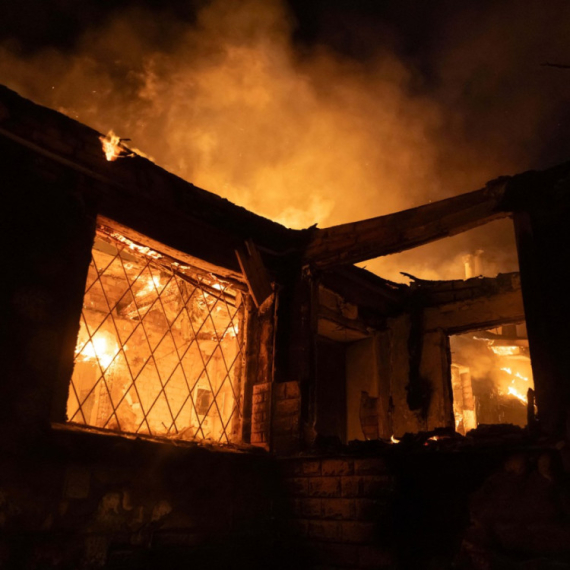

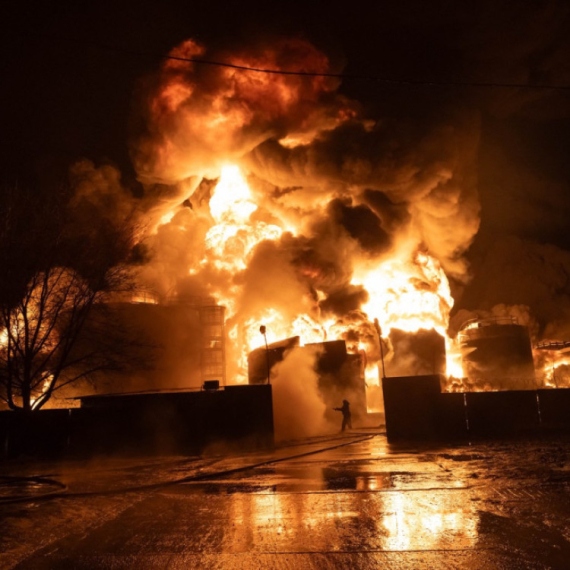

























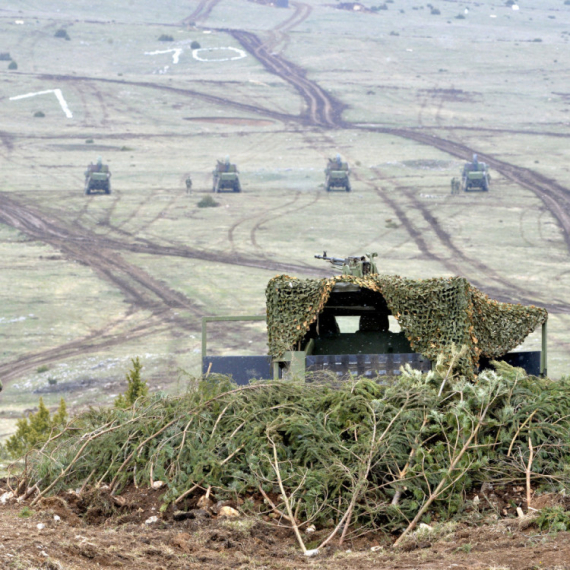
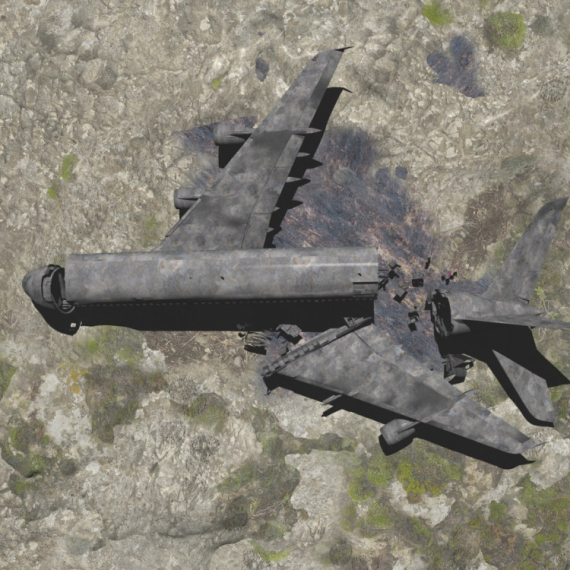




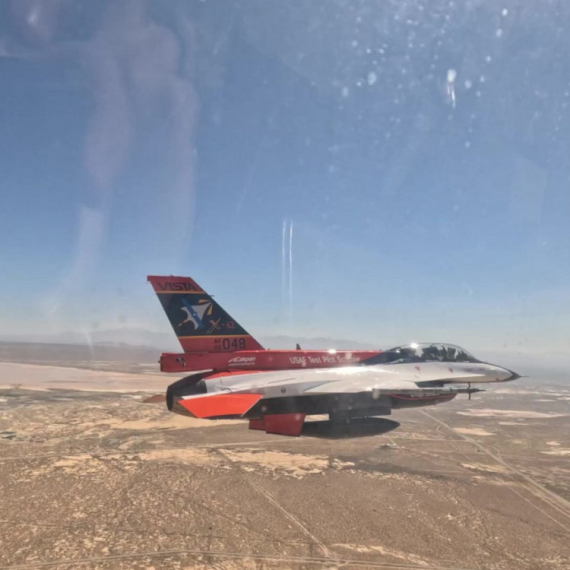






Komentari 1
Pogledaj komentare